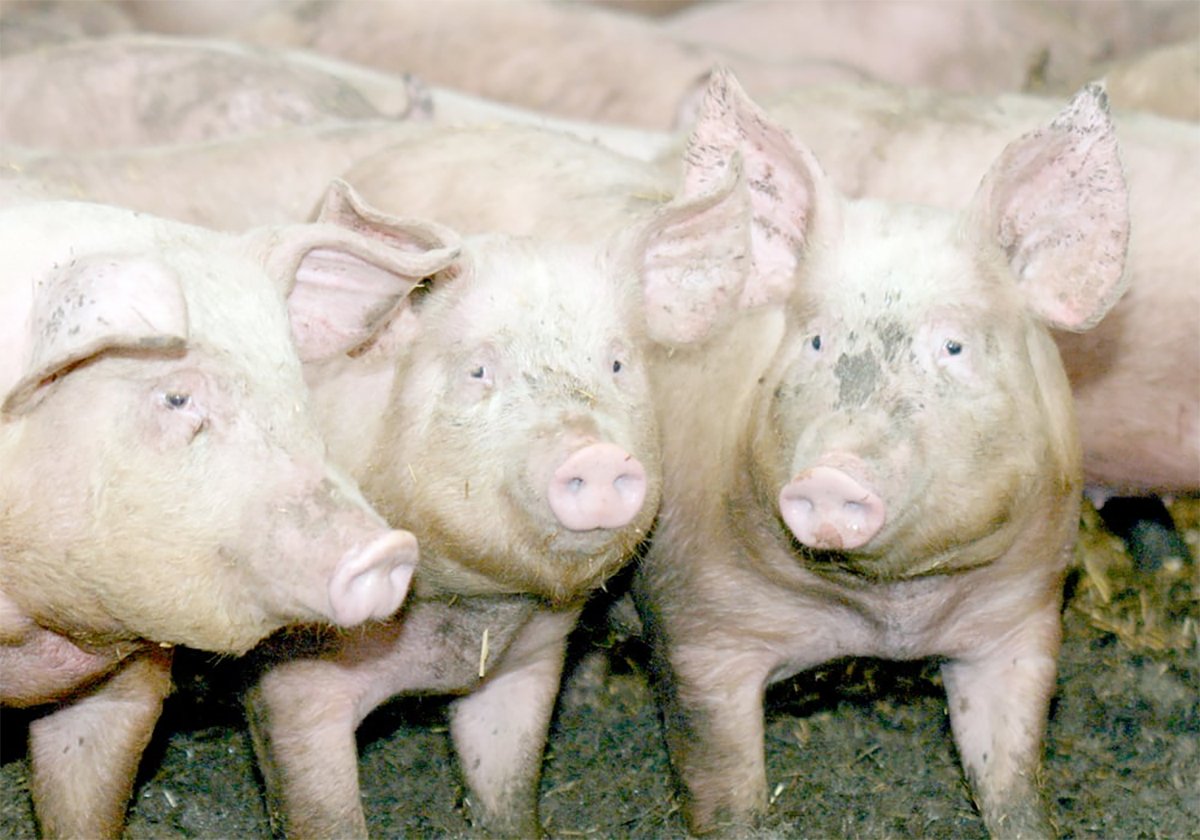OLDS, Alta. – A group of 500 Charolais heifers is leaving for Russia in August.
Selected from purebred herds in Manitoba, Saskatchewan and Alberta, with a few additions from Quebec, this is the first of two shipments. It lifts producer spirits after five years of import bans due to the BSE situation.
The herd of bred females will be quarantined in Quebec.
Another buying tour is expected in November when open heifers will be sought, said Helge By, editor of the Charolais Banner.
The buyers were not looking for elite cattle but solid, dependable females that could work well under Russian conditions.
Read Also

The Western Producer Livestock Report – November 13, 2025
Western Producer Livestock Report for November 13, 2025. See U.S. & Canadian hog prices, Canadian bison & lamb market data and sales insights.
“They found the quality here and they were finding more polled cattle here than what they were finding in France,” By said.
Traditionally, the Russians bought Charolais from the breed’s home country of France, but management there was less suitable. The buyers also wanted females bred after April 1 so they could calve between January and March.
Getting cattle into other countries poses difficulties for Canadians attempting to meet various animal health requirements, said Tim Harvie of Olds. He just returned from a tour of Great Britain and Scandinavia where rules still require semen from bulls that test IBR negative. Dealings in Mexico also show trade moving forward slowly because it does not have full BSE requirements ready yet. Embryos and semen are eligible for export, but the market is small.
The great white breed that swept into Canada in the 1960s to change the look of the Canadian beef herd has found membership and registrations steady, with about 22,000 head registered as purebred so far this year. But with the economic difficulties facing all livestock, growth has eluded the breed in recent years.
“The industry isn’t getting any easier,” said Charolais association president Cam Sparrow.
The association was in Red Deer for its annual meeting with tours and a national sale in Olds July 10-12.
The news is not all bad. Bull sales were better than expected this year and renewed interest in exports cheered producers. Sparrow attributes part of the resurgence to high grain prices.
“It put some cash in the farmers’ hands. You could sell your canola and buy a bull,” he said.
Cash was flowing for the national sale held the evening of July 11 where 21 lots of embryos, semen and live animals totalled $94,250 to average $4,480.
Sold by video, the top seller was a half interest in a 2005 show cow for $8,100. Consigned by Braydon Paget of New Country Livestock at Donalda, Alta., the new partner is Chomiak Charolais of Mundare, Alta.
Packages of embryos and semen were also sold to buyers from Canada, Finland and Australia.















